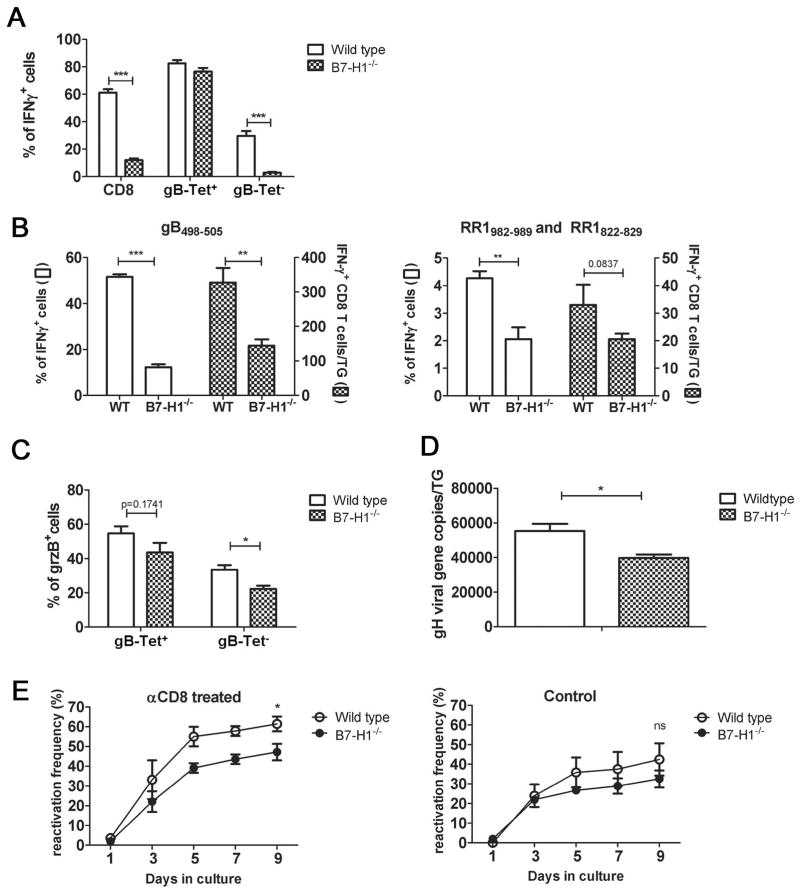Figure 8. Expanded gB-Tet− CD8+ T cells in B7-H1−/− mice are not functional.
Dispersed TG cells from wild type and B7-H1−/− mice (30 dpi) were (A) pre-stained with gB(498–505) tetramers (gB-Tet) before stimulation and then stained for CD45, CD8, and intracellular IFN-γ following 6 hrs of stimulation. Bars represent the mean ± SEM percentage of IFN-γ+ CD8+ T cells/TG (n = 10 mice); or (B) stimulated for 6 hours with B6WT3 cells pulsed with gB(498–505) peptide (B left) or pooled RR1(982–989) and RR1(822–829) peptides (B right) followed by staining for CD45, CD8, and intracellular IFN-γ; or (C) stained directly for CD45, CD8, gB-Tet and intracellular GrzB. Bars represent the mean ± SEM percentage of GrzB+ cells in gB-Tet+ or gB-Tet− CD8populations (n = 5 mice). (D) DNA was extracted from TG of wild type and B7-H1−/− mice (30 dpi), and HSV-1 genome copy number was determined by quantitative PCR. Bars represent the mean ± SEM genome copy number/TG (n = 5 mice). (E) TG of wild type and B7-H1−/− mice (30 dpi) were dispersed and cultured with (left) or without (right) anti-CD8 mAb. Culture supernatants were serially sampled and assayed for infectious virus on monolayers of Vero cells to detect HSV-1 reactivation from latency. Symbols represent the mean ± SEM frequency of reactivation at each time point (n = 15 mice). Data for A, B & D are pooled from at least two independent experiments and data for C is representative of two independent experiments. *p ≤ 0.05, **p ≤ 0.01, and ***p ≤ 0.001.

